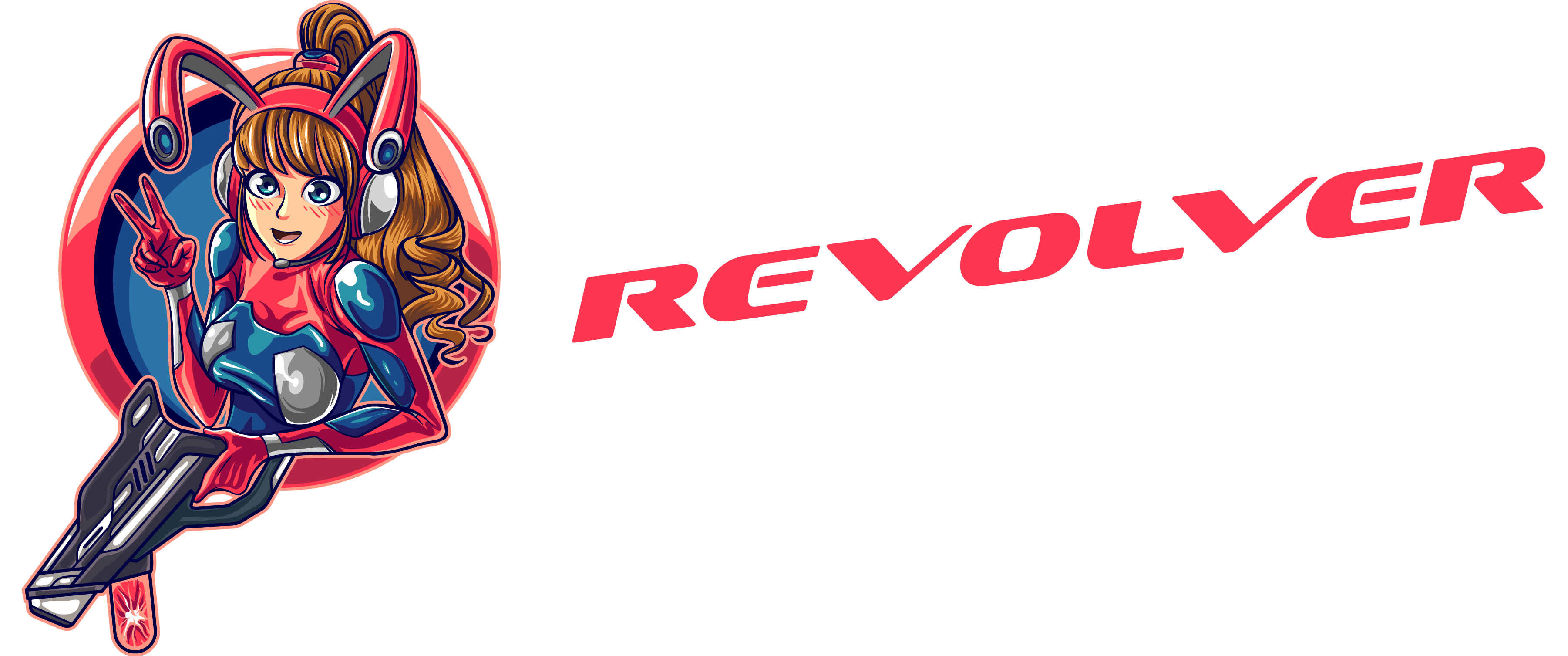It started out as a side project—two guys tinkering with a mod for Half-Life in their spare time. No big studio, no budget, just a shared love of shooters and an idea. Fast forward twenty-five years, and that little project – Counter-Strike – is one of the most played games in the world. It’s been played in basements, on stages in sold-out arenas, and pretty much everywhere in between.
And somehow, it still feels like the same game.
Built In A Bedroom, Played Around The World
Back in 1999, Minh “Gooseman” Le and Jess Cliffe weren’t trying to change the world of gaming—they just wanted to make something fun. They created a mod where two teams faced off: terrorists versus counter-terrorists. Simple concept, but the execution? That’s where it clicked.
You had to think fast, shoot smart, and trust your team. Every round mattered. Valve noticed the mod’s growing popularity and quickly brought it under their wing. By 2000, Counter-Strike 1.0 was an official release. Suddenly, the game that had spread through LAN parties like wildfire was showing up in cyber cafés across the globe.
No Frills, No Fluff—Just Pure Competition
One of the things that’s kept Counter-Strike alive all these years is how little it’s changed. The guns are still punchy. The stakes are still high. You die? You wait for the next round. There’s no health regen, no superpowers, no leveling system handing you extra damage. Everyone starts on equal footing, and what happens next depends entirely on skill, strategy, and teamwork.

Versions came and went: 1.6, Source, Global Offensive, and now Counter-Strike 2. Each brought technical upgrades, new maps, and tweaks here and there. But that core feeling, that nerve-wracking tension as you creep around a corner or hold a site in a 1v2, never went away. It’s still there, just with a fresh coat of paint.
The Esports Boom—And Everything Around It
As Counter-Strike grew, it found a second life on the competitive stage. Tournaments that once handed out t-shirts and mousepads now offer million-dollar prize pools. Events like IEM Katowice and the PGL Majors draw in huge online audiences, and for the pros, the game is more than just a passion, it’s a career.
Naturally, with that level of competition came a whole new layer: betting. Fans want to do more than just watch, they want to feel part of it. These days, a growing number of esports betting sites let people back their favorite teams, adding even more thrill to big matches.
With the arrival of Counter-Strike 2, the betting world hasn’t skipped a beat. AdmiralBet launched CS2 betting in Poland, a move that’s part of a broader push as operators respond to renewed excitement around the game. Now, CS2 betting is fully in motion. It’s just another sign that Counter-Strike is no longer just a game, it’s a whole ecosystem.
A Game Made By Players, For Players
What really sets Counter-Strike apart, though, is the community. Players have built this game just as much as the developers. Custom maps, quirky game modes like surf and zombie escape, local tournaments, skins, memes: it’s all part of the culture now.

Even as trends come and go, Counter-Strike stays steady. It doesn’t chase the latest gimmick. It doesn’t reinvent itself every few years. It just sticks to what it does best: delivering tight, tactical gameplay that rewards practice and punishes mistakes.
Still Standing, Still Growing
Today, Counter-Strike is more than a game: it’s a kind of shared language for millions of players. Whether you’re a veteran from the 1.6 days or a newcomer learning the ropes in CS2, the essence is the same. You queue up, buy a Deagle, and try not to get one-tapped on mid.
Not bad for something that started as a hobby.

